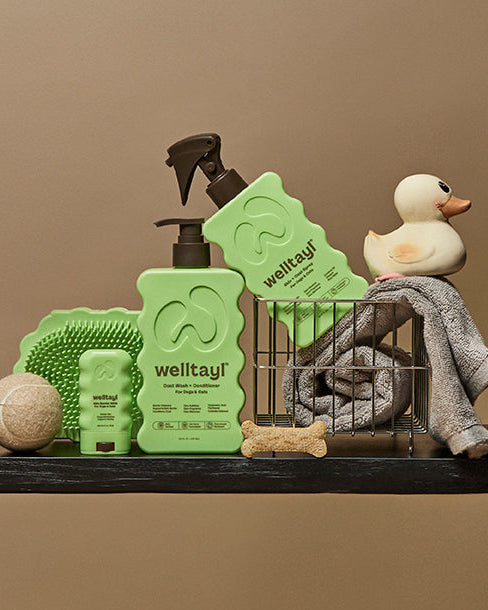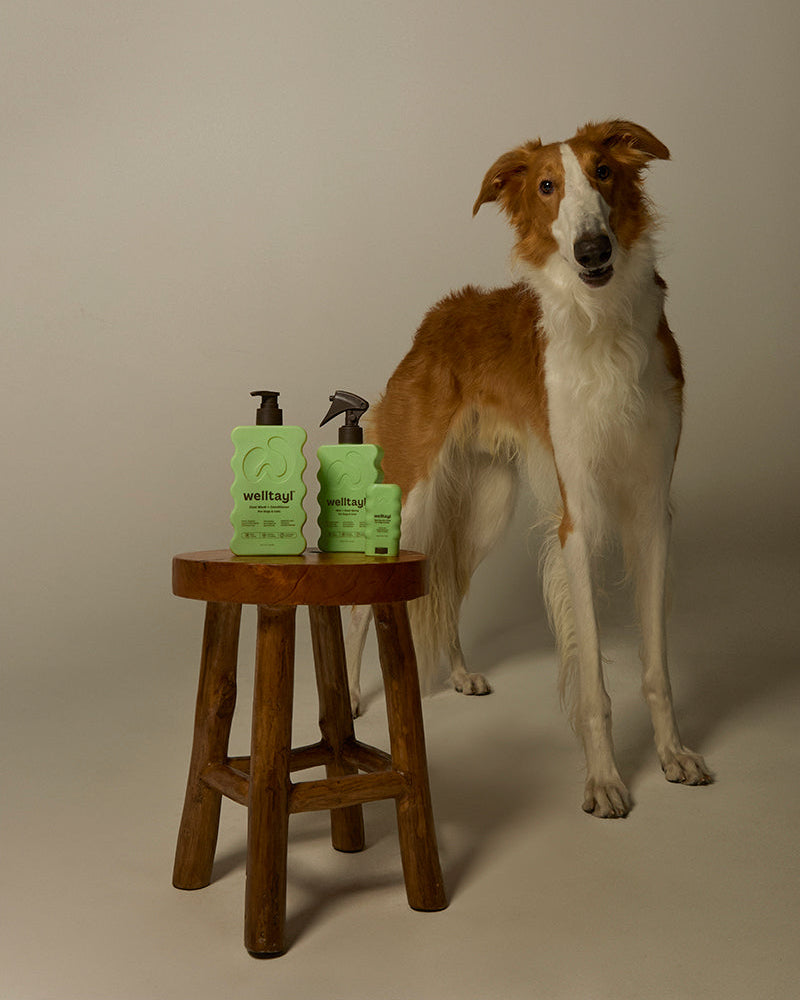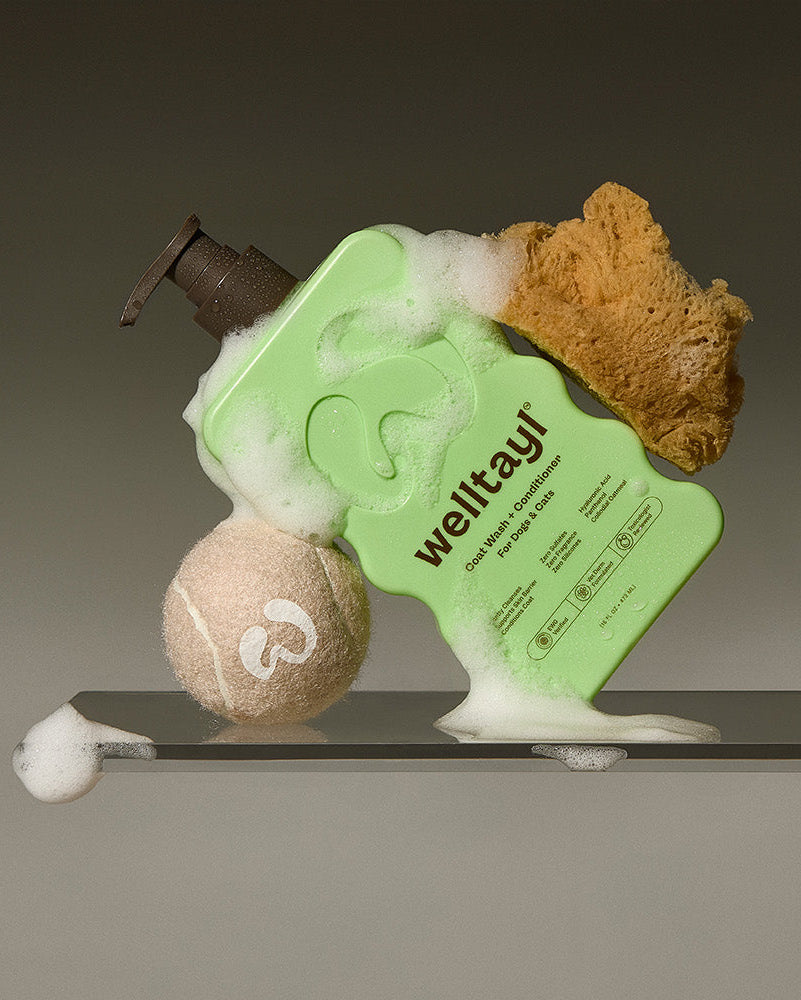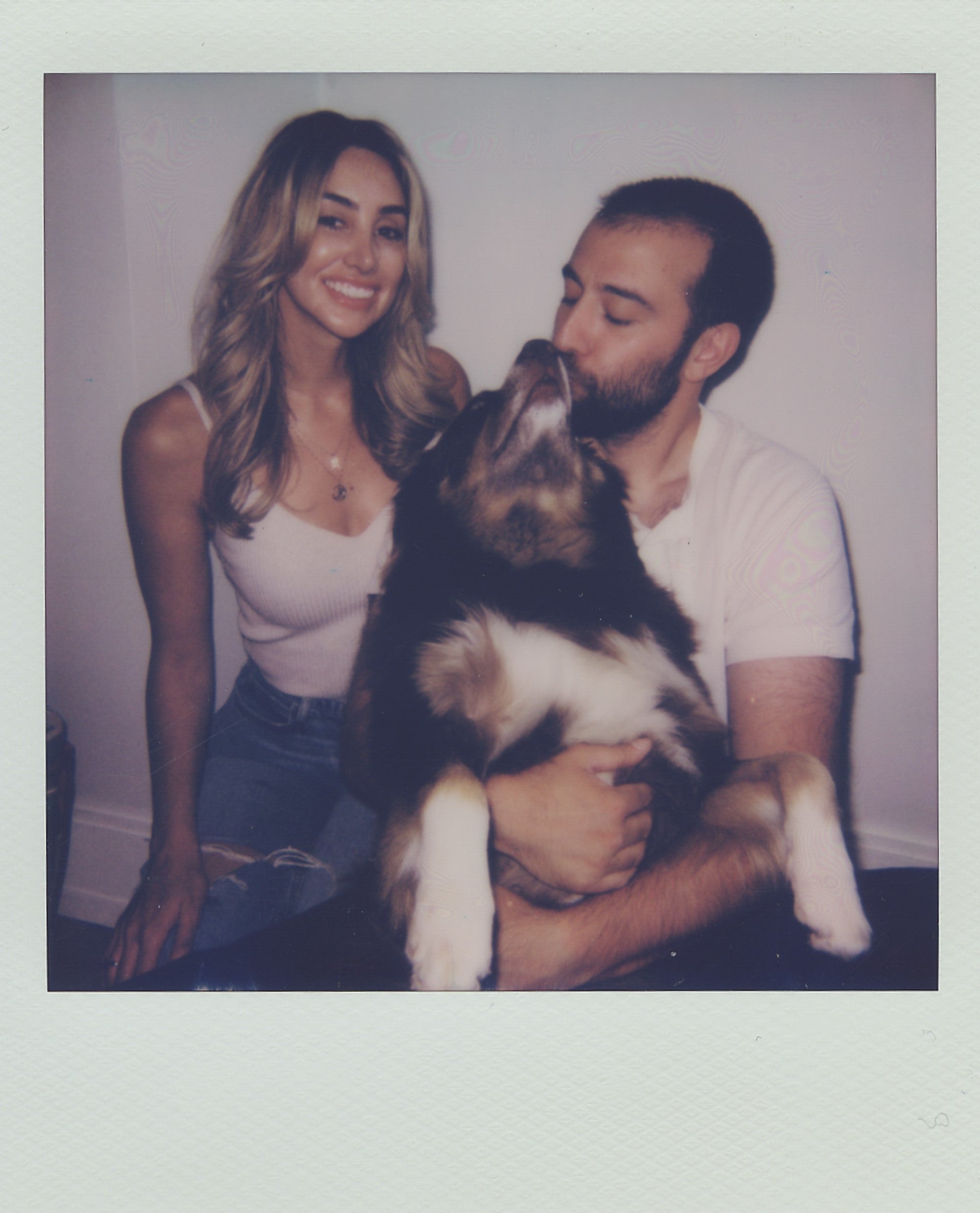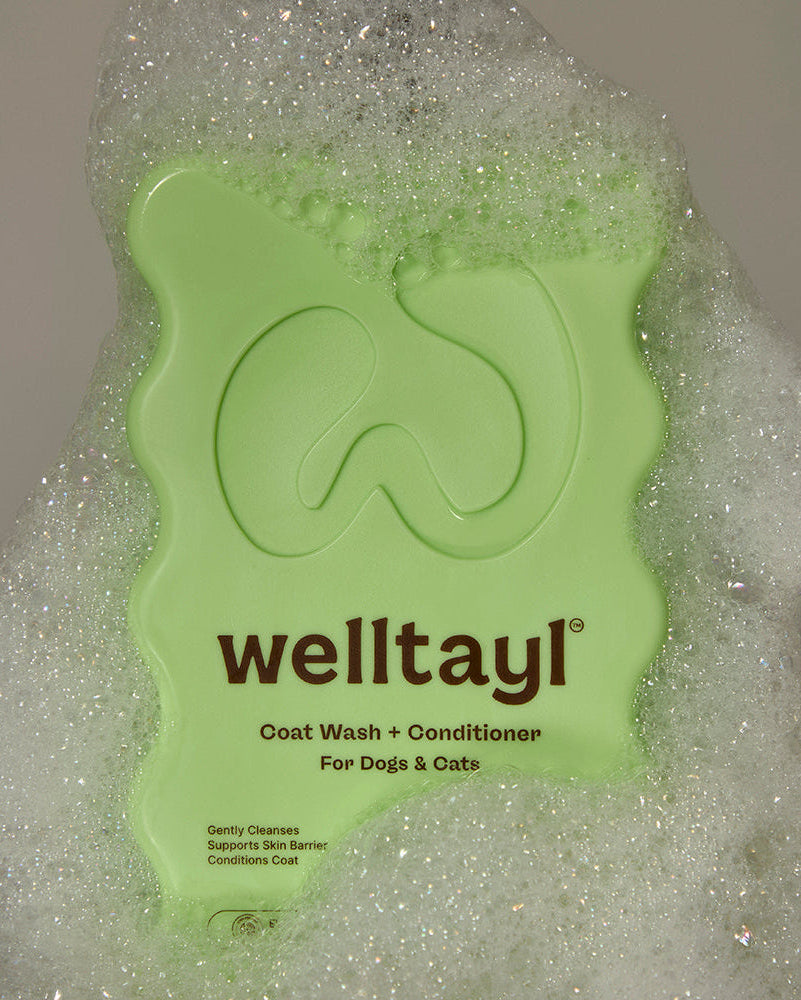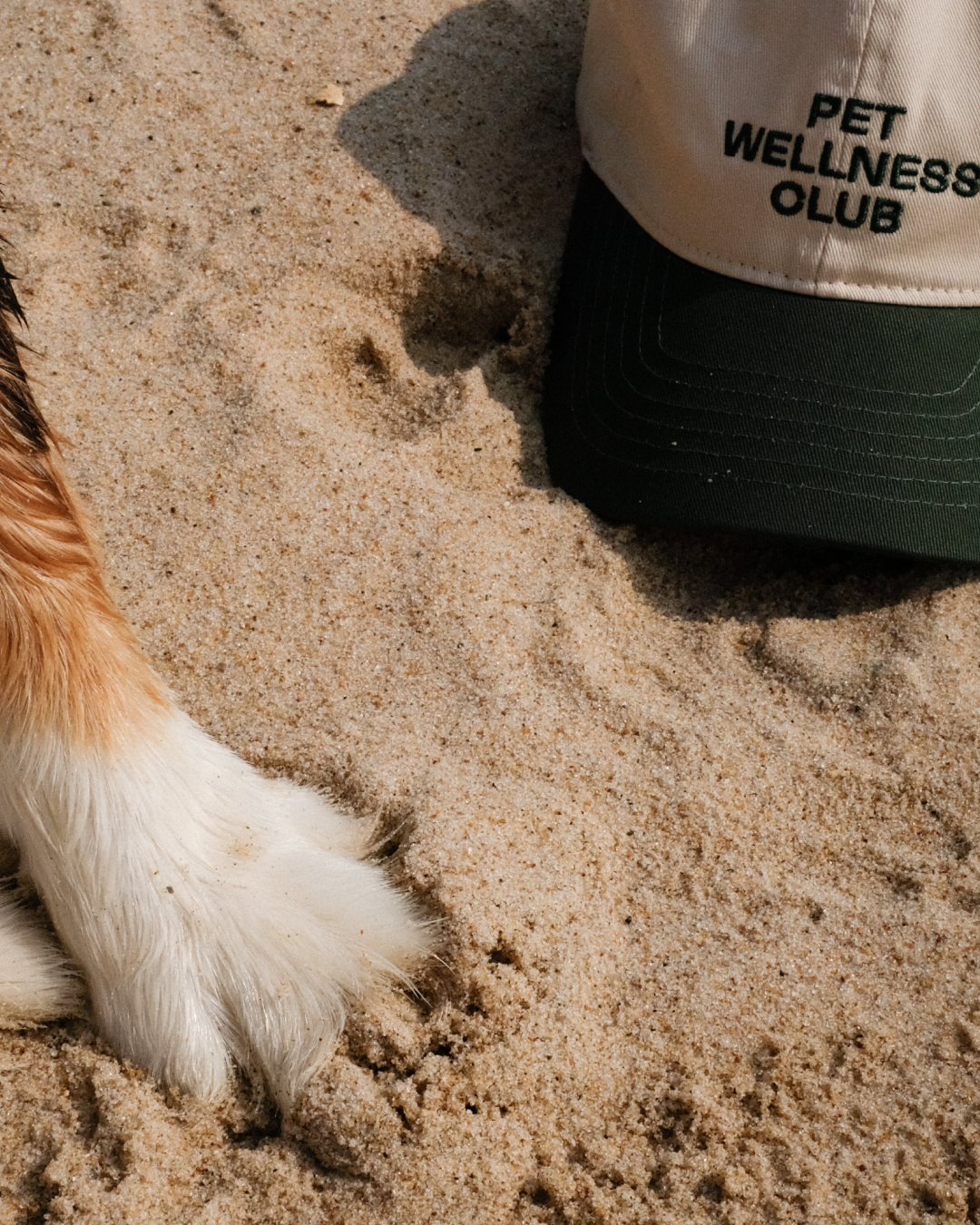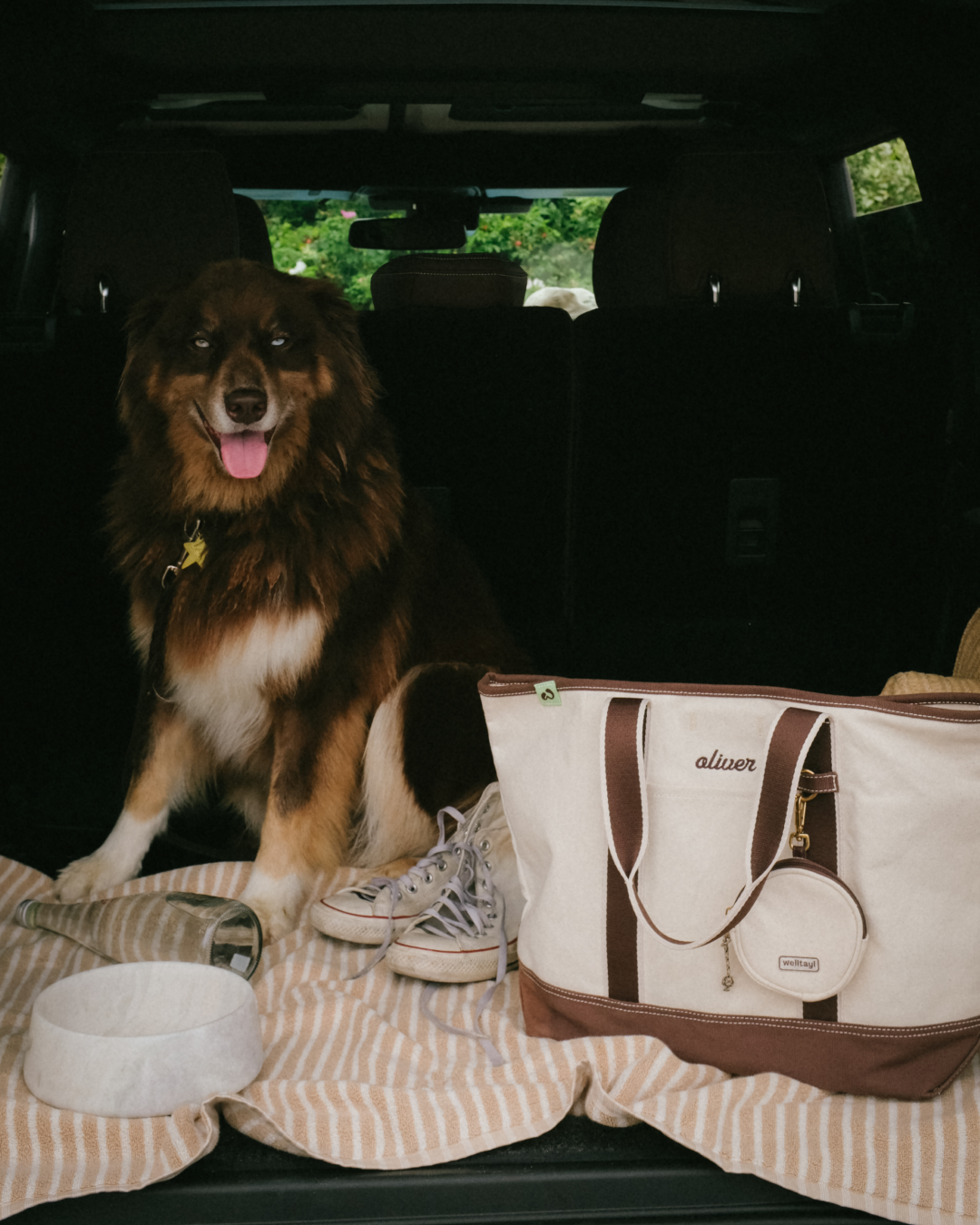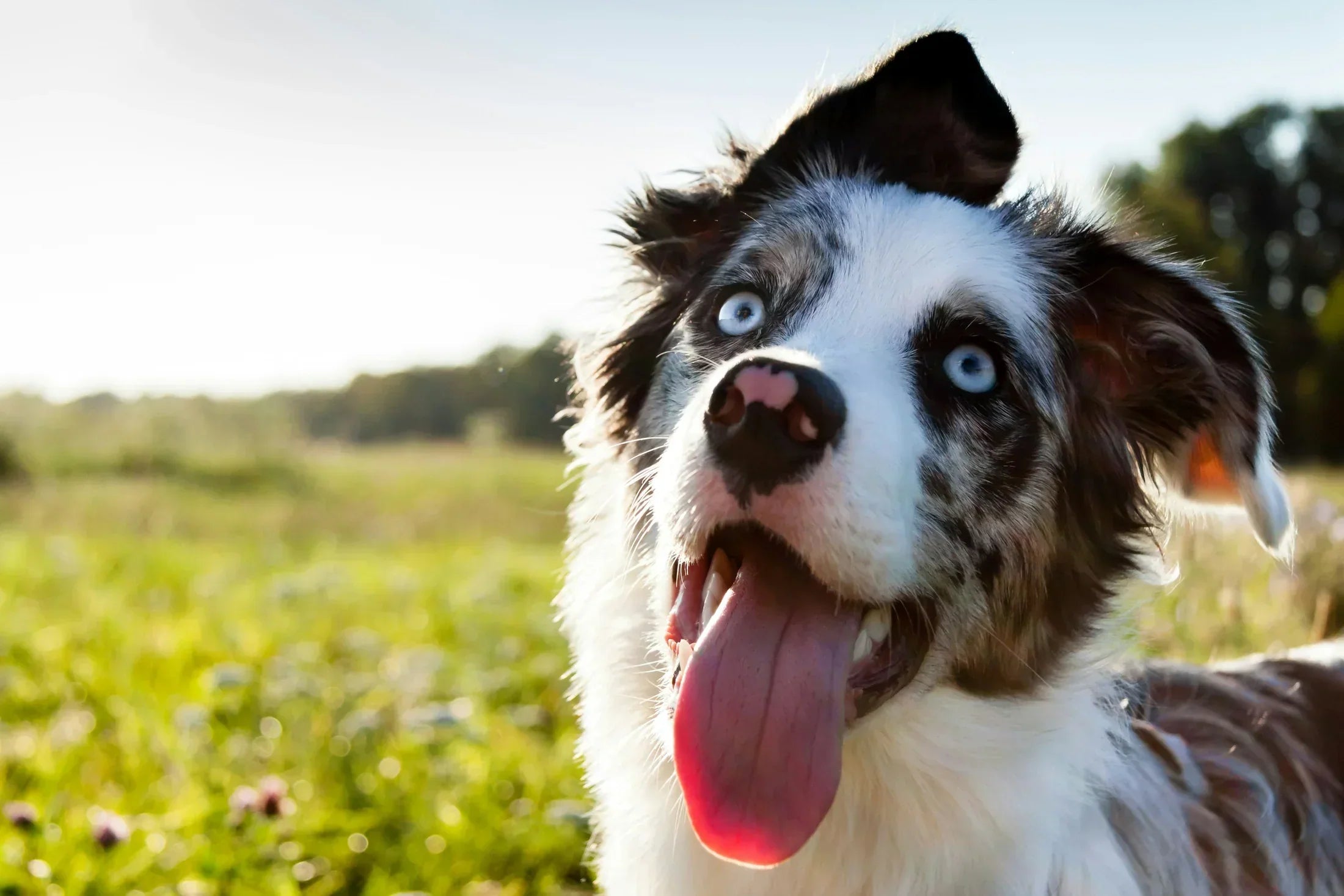As the temperature climbs, keeping your pet safe and comfortable becomes a top priority. Just like people, dogs can struggle with the sweltering heat, and it's crucial to know how to protect them. Imagine how you feel on a really hot day—thirsty, tired, and maybe even a bit cranky? Your dog may experience the same, which can affect their overall quality of life and health.
Table of Contents:
- Understanding The Risks Of Heat For Dogs
- 3 Practical Tips To Keep Dogs Cool
- Overheated Dogs
- Conclusion
- Frequently Asked Questions
Key Takeaways
- 🥵 Recognize Heatstroke and Heat Exhaustion Signs: Be aware of symptoms like excessive panting, rapid pulse, visible distress, physical weakness, fever, vomiting diarrhea, lethargy, and seizure in your dog, and actions to prevent heatstroke.
- 💢 Risk Factors: Dogs with short snouts, thick fur, excess weight, and those that are very young, seniors,or have underlying health problems are more susceptible to heat-related issues.
- 🐕🦺 Modify Walking Routines: Shift dog walking times to cooler parts of the day, like early morning or late evening, to prevent overheating and protect their paws from hot surfaces.
- 💧 Ensure Constant Hydration: Always provide fresh, clean water, increasing frequency during hot days, and offer water every 15–20 minutes during outdoor activities to prevent dehydration.
- ⛱️ Create Comfortable Environments: Provide shaded and cool resting areas, use cooling mats or vests, and never leave your dog in enclosed, hot spaces like cars, even for short periods of time
- 🧊 Immediate Response to Overheating: Call your veterinarian, bring your dog indoors and provide first aid by using cool water for gradual body cooling, avoid covering with wet towels, monitor their temperature, and seek immediate veterinary care if symptoms do not improve or worsen.

Understanding the Risks of Heat for Dogs
As the temperatures rise, it's crucial to pay close attention to how the heat affects your dog. Just like people, dogs can suffer from the effects of excessive heat. Because they can’t tell us when they are overheated, it’s critical to pay attention to their body language, and learn to recognize the signs of heat exhaustion or heat stroke..
Signs of Heat Exhaustion and Heatstroke
Recognizing heat-related illness signs in dogs will ensure you react appropriately and prevent more severe illness, which can be deadly. Signs your dog is overheated include:
- Excessive Panting: Dogs use panting to regulate their body temperature. Overheated dogs will likely exhibit exaggerated panting and if it abruptly stops, after being exposed to warm or hot environments, seek immediate veterinary care. .
- Rapid Pulse: If you notice your dog's heartbeat is faster than usual, this might indicate heat-related illness.
- Visible Distress: Monitor for distress signs including excessive salivation, anxious expressions, or pacing.
- Physical Weakness: Overheated dogs may exhibit lethargy, weakness, difficulty balancing or standing.
- Severe Symptoms: Dogs with heatstroke may exhibit vomiting, diarrhea, seizures or collapse. If you observe any of these signs in your dog, immediately bring them indoors, begin hyperthermia first aid, and consult a veterinarian.
Why Some Dogs Are More at Risk
Some dogs have an increased risk for heat stroke including size, age, genetics, or underlying health conditions. Risk factors for overheating in dogs include:
- Breed Characteristics: Brachycephalic breeds with shorter snouts and narrow nasal passages, like bulldogs and pugs, can not easily cool themselves because their breathing isn't as efficient
- Coat Type: Dogs with thick, long fur retain more heat.
- Age and Health: Older dogs and puppies, as well as those with health issues, are not able to regulate their body temperatures compared to healthy adult dogs.
Understanding heat stroke risk factors, will ensure you take additional precautions to keep your pup cool and safe during hot weather.

3 Practical Tips to Keep Dogs Cool
Keeping your dog cool during hot days is paramount for their health and comfort. Follow these tips to decrease the chances of your dog suffering a heat-related illness.
1. Adjust Your Walking Routine
Adjusting your dog’s walking and potty break routines is essential to avoid the scorching heat of the midday sun. Plan your dog walks during the cooler parts of the day, which are generally early morning or after sunset. This timing reduces the risk of overheating and keeps the exercise enjoyable for both you and your dog. Additionally ensure to protect your dogs paws from hot pavement and turf. As a general rule, if it's too hot for your hands or feet, it’s too hot for your dog’s paws.
2. Importance of Hydration
Proper hydration plays a vital role in keeping your dog healthy. On hot days, your dog will likley require more water than during the cooler months, especially if they are active and enjoy outdoor activities. Ensure your dog always has access to fresh, clean water. During walks or any outdoor activity, provide your dog water breaks every 15–20 minutes. As a general rule, your dog’s daily water intake should be one ounce of water per pound of body weight, and this will be increased during hot days or when they are active. Monitoring your dog’s water intake will help prevent dehydration, which can lead to serious health issues.
3. Providing Shade and Cool Resting Spots
Provide ample shade and create cool resting spots for your dog to relax away from direct sunlight. Utilize cooling mats or vests, which are designed to keep your dog comfortable even on hot days. Never leave your dog in a place where they can’t escape the sun, and never leave your dog in confined spaces like cars, where they can be exposed to life-threatening temperatures..
Don't forget to join the Welltayl newsletter to stay updated on more essential tips and information for maintaining your pet's health and happiness. This way, you'll always know how to keep your pets safe and sound, not just from the sun, but in all aspects of their care.
Overheated Dogs
During hot days, it's paramount to take precautions and recognize early warning signs to prevent your dog from overheating. Here's a breakdown of effective emergency measures you can take to prevent heat-related complications in dogs.
1. Move to a Shaded Area
Immediately move your dog to a shaded and cooler environment, or ideally, bring them inside. Keep them away from hot surfaces that can amplify their body temperature and burn their paws or skin.
2. Cool Water
Gradually, pour cool water over your dog's body to lower their temperature gradually.
3. Avoid Wet Towels
Although it might be tempting to cover your dog with wet towels, doing so can trap heat and worsen the situation.
4. Monitor Temperature
Continuously check your dog’s body temperature to ensure it doesn’t drop too low, which can lead to hypothermia. Normal dog body temperature ranges from 101 to 102.5 degrees Fahrenheit. If it starts to dip below this range after cooling measures, it could indicate a problem, such as shock or hypothermia. Seek immediate veterinary care if this occurs, or if your dog’s body temperature remains elevated.
5. First Aid for Heatstroke
Recognizing the signs of heatstroke such as heavy panting, difficulty breathing, and lethargy, is vital. If your dog shows any symptoms of heatstroke, immediately employ cooling measures, monitor their behavior closely, and contact your veterinarian.
- Apply cool water to help reduce body temperature.
- Avoid ice or extremely cold water as this can constrict blood vessels and hinder cooling.
- Contact your vet immediately if symptoms persist or worsen.
7. When to Seek Veterinary Help
Seek veterinary attention immediately if your dog’s condition does not improve after initial first aid, or if they exhibit more severe symptoms like vomiting, diarrhea, seizures, collapse, or unconsciousness. Early veterinary intervention can prevent more serious complications and ensure a better outcome for your dog.
Conclusion
As you navigate the warmer months with your dog, remember the key steps to keep them safe and comfortable. Adjust their daily routines to avoid the hottest parts of the day and always ensure they have access to fresh water and shady spots. Recognizing the early signs of overheating and knowing how to respond quickly could save your dog’s life from a life-threatening heat stroke. Most importantly, never hesitate to contact your vet when you suspect your dog is distressed. Taking these precautions will help ensure that both you and your pet enjoy a safe and fun summer together.
Stay Informed with Welltayl’s Newsletter
For more insights and tips on keeping your pets healthy and happy, join the Welltayl newsletter! It's packed with expert advice tailored to help you look after your pets . Subscribe today, and let us help you ensure they lead a safe and joyful life.
Frequently Asked Questions
How should you adjust walking routines for dogs in hot weather?
Adjust walks to early morning or late evening when temperatures are cooler. Avoid midday heat and always check the pavement or turf with your hand; if it's too hot for your hand, it's too hot for your dog's paws.
What are some signs of heatstroke in dogs?
Signs of heatstroke in dogs include excessive panting, drooling, bright red gums, vomiting, diarrhea, uncoordinated movement, and collapse. If you notice these signs, it's critical to take immediate action to cool down your dog and consult a veterinarian.
How can you ensure proper hydration for your dog during hot weather?
Provide constant access to fresh, cool water. Add ice cubes to the water bowl and carry a water bottle with a portable dog bowl during walks. Encourage drinking by offering water frequently, especially before, during, and after exercise.
What emergency measures should you take if your dog is overheating?
Move your dog to a shaded or air-conditioned area immediately. Apply cool water to their body, focusing on the neck, underarms, and between the legs. Avoid using ice-cold water as this can worsen the problem. Offer small amounts of cool water to drink and seek veterinary care..
Why is using wet towels not advised for cooling down an overheated dog?
Wet towels can trap heat instead of allowing it to escape, potentially raising the body temperature instead of lowering it. Instead, gently pour cool water over their body and ensure air circulation with a fan if possible.
Resources:
1.“Cooling methods for dogs with heatstroke," PubMed Central
2. “Mechanisms of Heatstroke and Cooling in Dogs," PubMed Central
3. “Prolonged Heat Stress in Dogs: Pathophysiology and Management," PubMed Central
4. “Heatstroke in Dogs: A Review of Mechanisms, Diagnosis, and Treatment," JAVMA
Read more
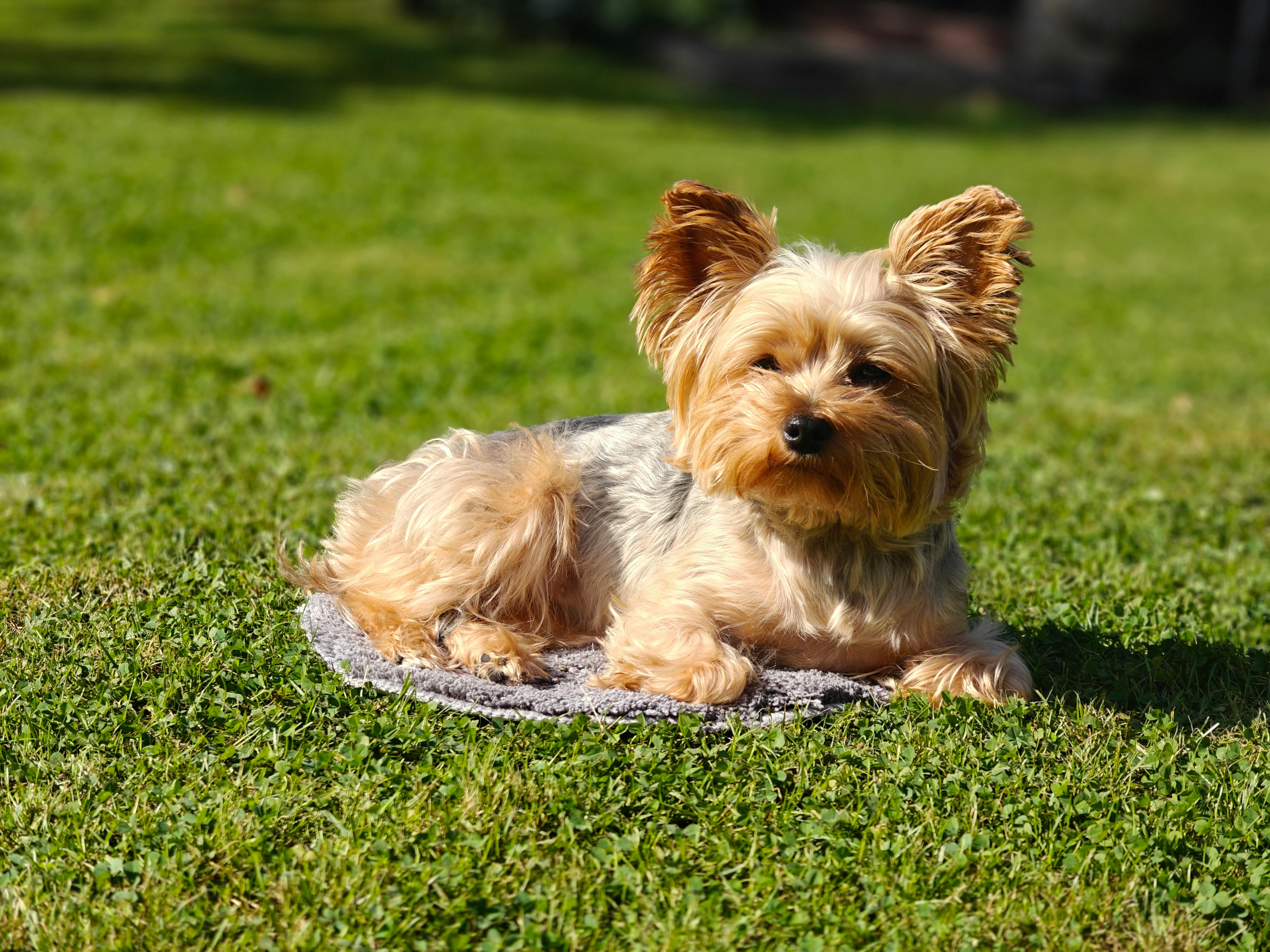
Keep your dog safe and cool this summer with expert tips. Learn how to prevent heatstroke, protect paws from hot pavement, and ensure your pet stays safe.

Discover the fascinating world of cat sleep cycles. Learn why your cat sleeps so much, what their sleep habits mean for their health, and when you should be concerned.


